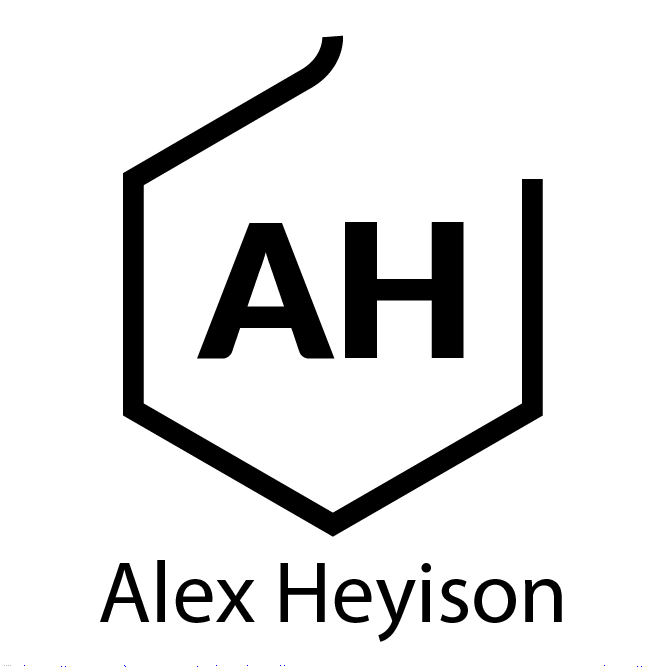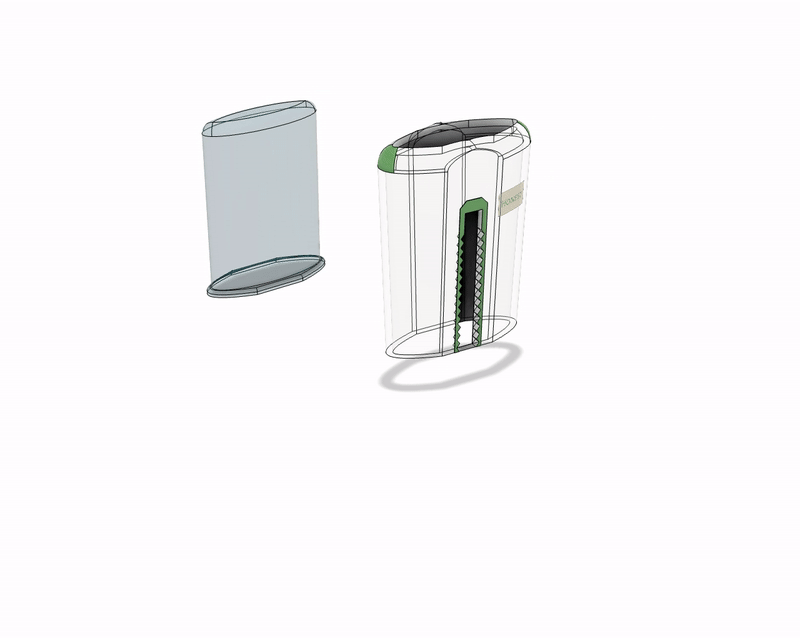
Project Objective
Identify a common household product that could be improved by the application of fundamental design principles.
Re-design the product through cycles of making and evaluation with an emphasis on prototyping.
Context
Master of Arts IxD Studio | 5 weeks
Carnegie Mellon University
Carnegie Mellon University
Roles
Exploratory Research
Concept Development
Interaction Design
Visual Design
Concept Development
Interaction Design
Visual Design
Tools
Autodesk Fusion 360
Adobe InDesign
3D Printing
Adobe InDesign
3D Printing
Outcomes
Honest is a product design concept that trades out the ubiquitous twist-up mechanism for a sliding cartridge.
This modification affords better feedback about how much product remains and allows user to replace the product, not its plastic casing.
The clear, understated packaging design is unique in a grocery aisle, but doesn't draw attention when found in the home.
Process
Contextual Inquiry
The project began with a wide scope of investigation of the interactions commonly found in a given context.
I was assigned Personal Hygiene as my topic.
If you look closely, there is an astounding variety of control schema used in personal hygiene. What’s more, the controls used in routines today can newly designed, or centuries old. Your electronic toothbrush sits next to a sink whose basic design is exactly familiar to your great grandparents.
I found that I was most drawn to the specialized and simple interactions, and wanted to investigate how such simple mechanical configurations successfully map to a users mental model.
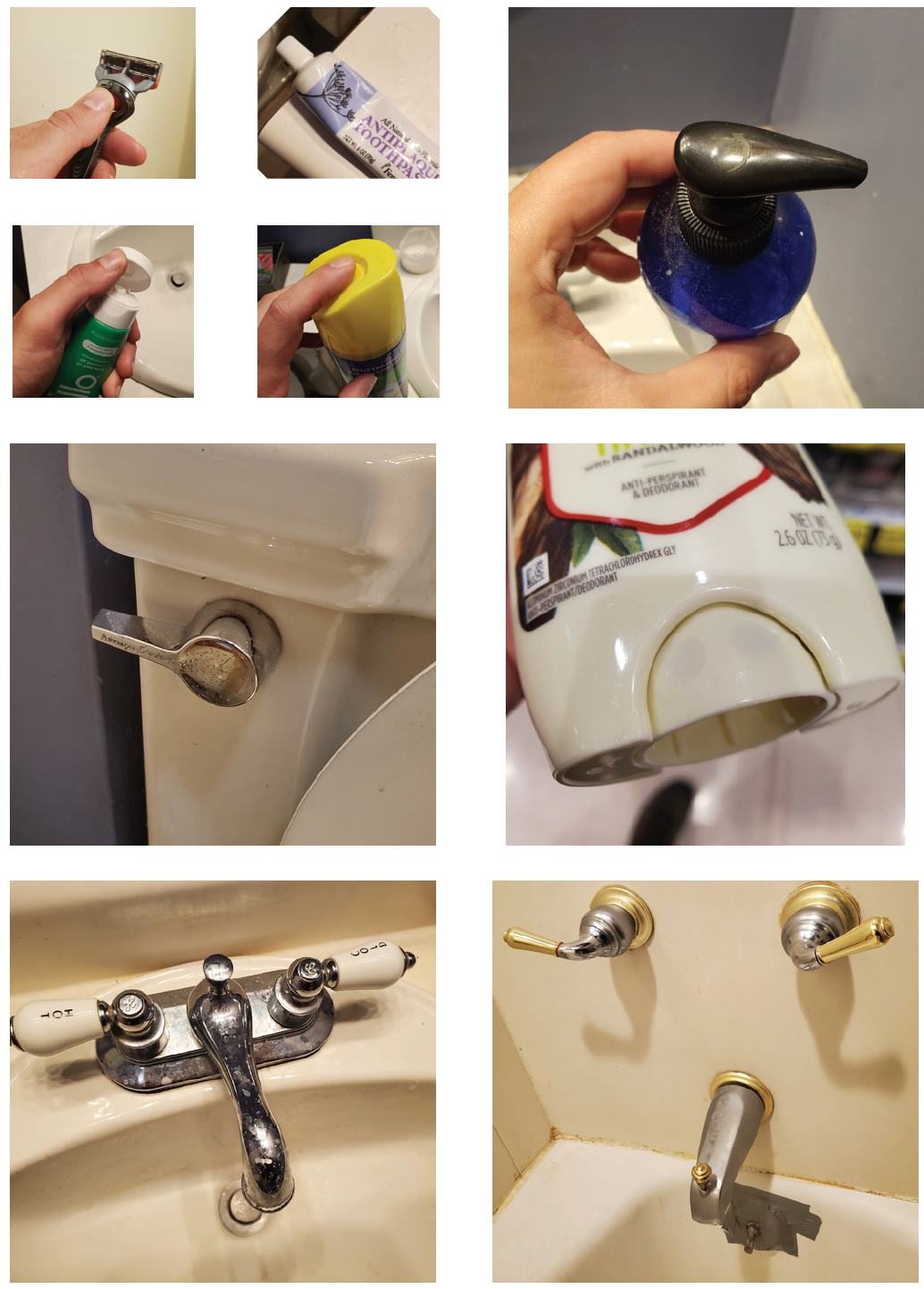
To better understand the interaction typologies of this cluster of products, I sorted each product into a category.
Interaction Audit
An interaction audit dives deeper into the structure and componentry of an interaction.
For the audit, I catalogued the intentional and unintentional Affordances, Signifiers, Constraints, and Feedback that shaped the interaction. Even though I knew I would only re-design one of these products, this spreadsheet became a continual reference resource in the later stages of the project.
Unsurprisingly, I found that many of the affordances and signifiers designed into these products were to resolve conflicts between a user's mental model and the control schema of the interaction.
Moving forward, I aimed to focus my attention on
shaping the users mental model through mapping as a way to more directly facilitate the interaction.
shaping the users mental model through mapping as a way to more directly facilitate the interaction.
Early sketches attempting to draw closer association between interaction and mental model
Prototyping
Early prototypes focused on the subtleties of the slide-up interaction.
Drawing inspiration from a Snap-On utility blade, I first created a slide from foamcore and chipboard, with a set of signifiers on the face.
From this exploration, I learned that the mechanism for the slide lock had tight tolerances and relied on a compliant material.
A second round of critique had me refocus on the implications of the redesigned mechanism on the larger interaction.
How did this remapping change our relationship with the product?
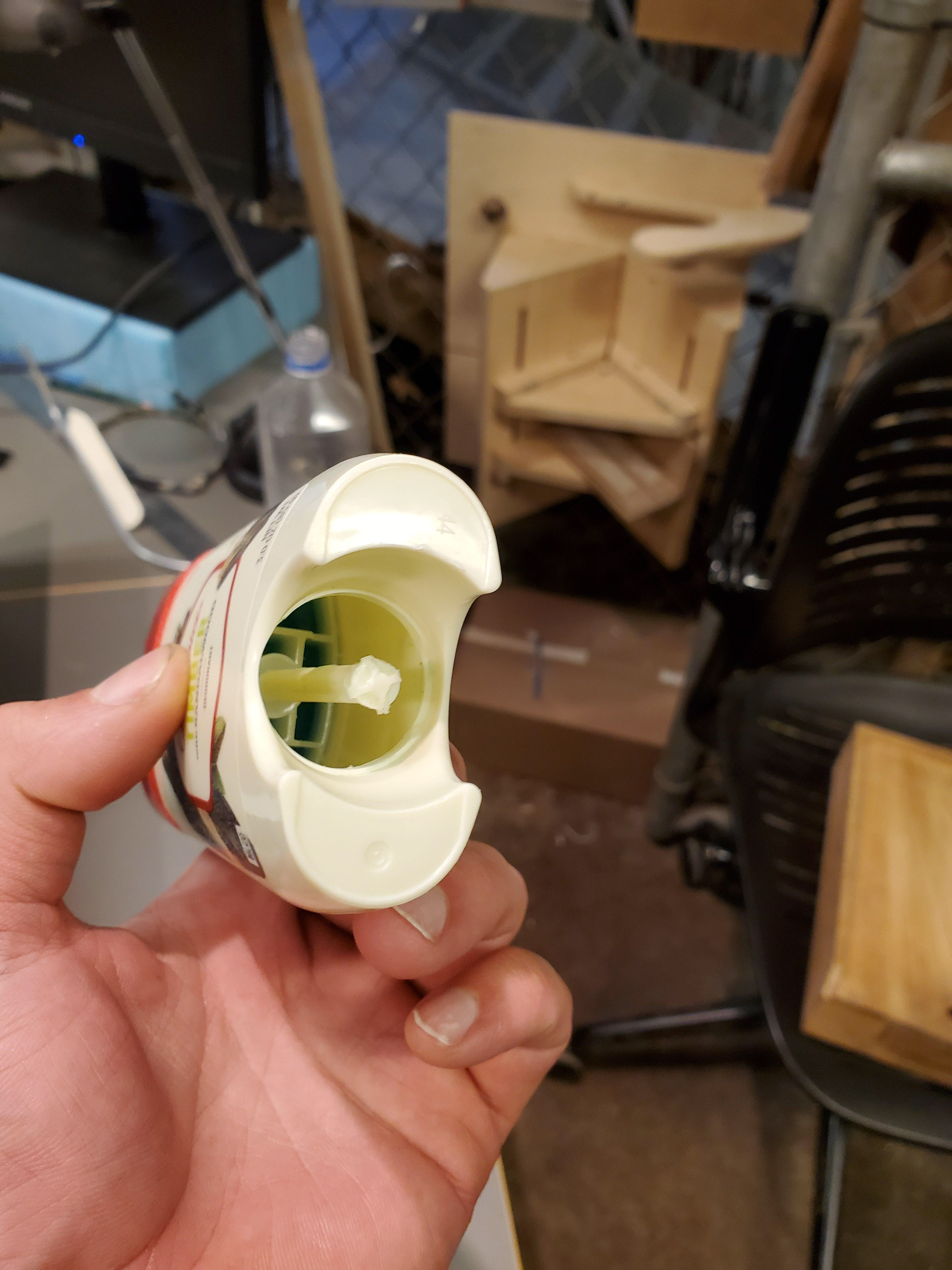
What are you hiding?
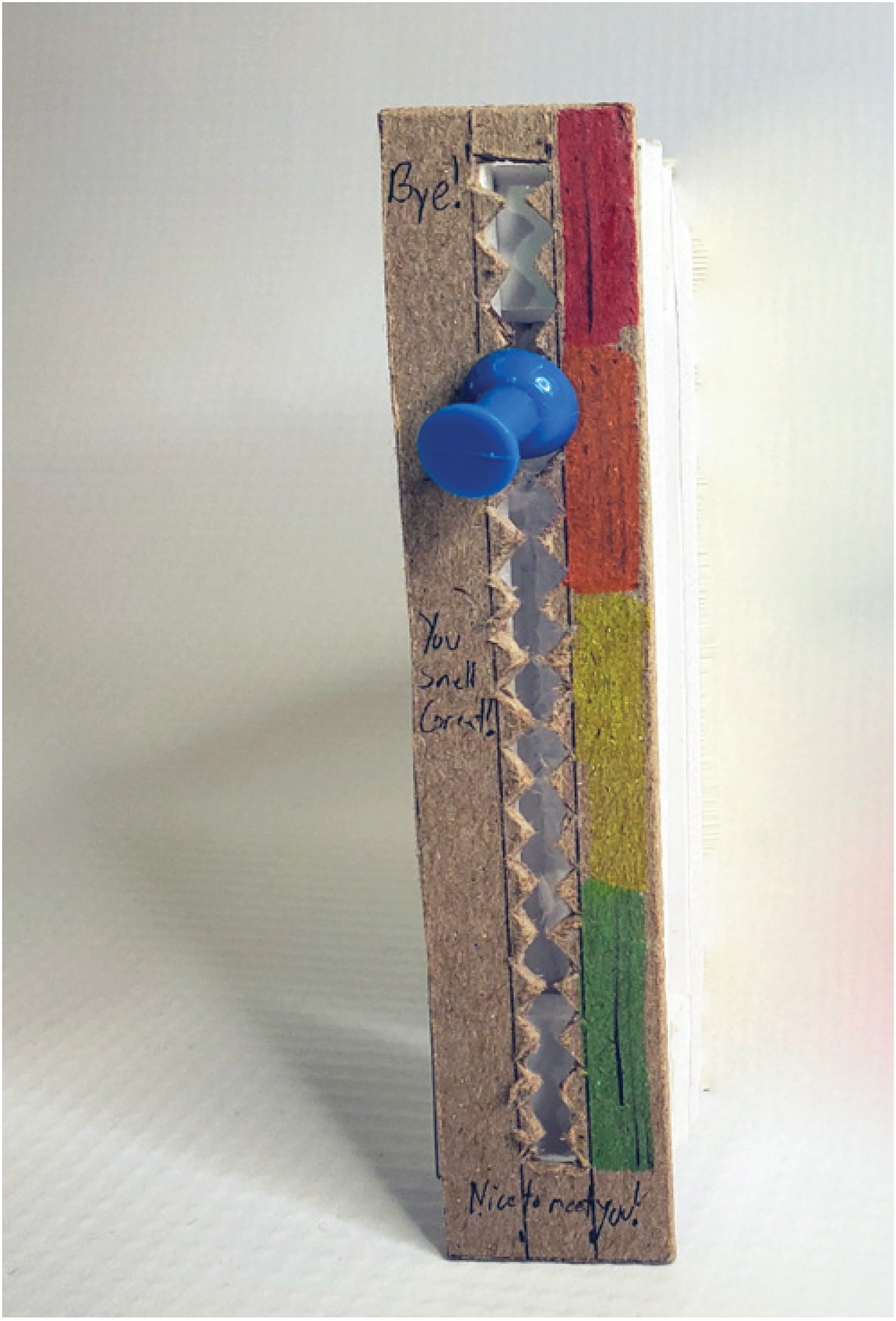
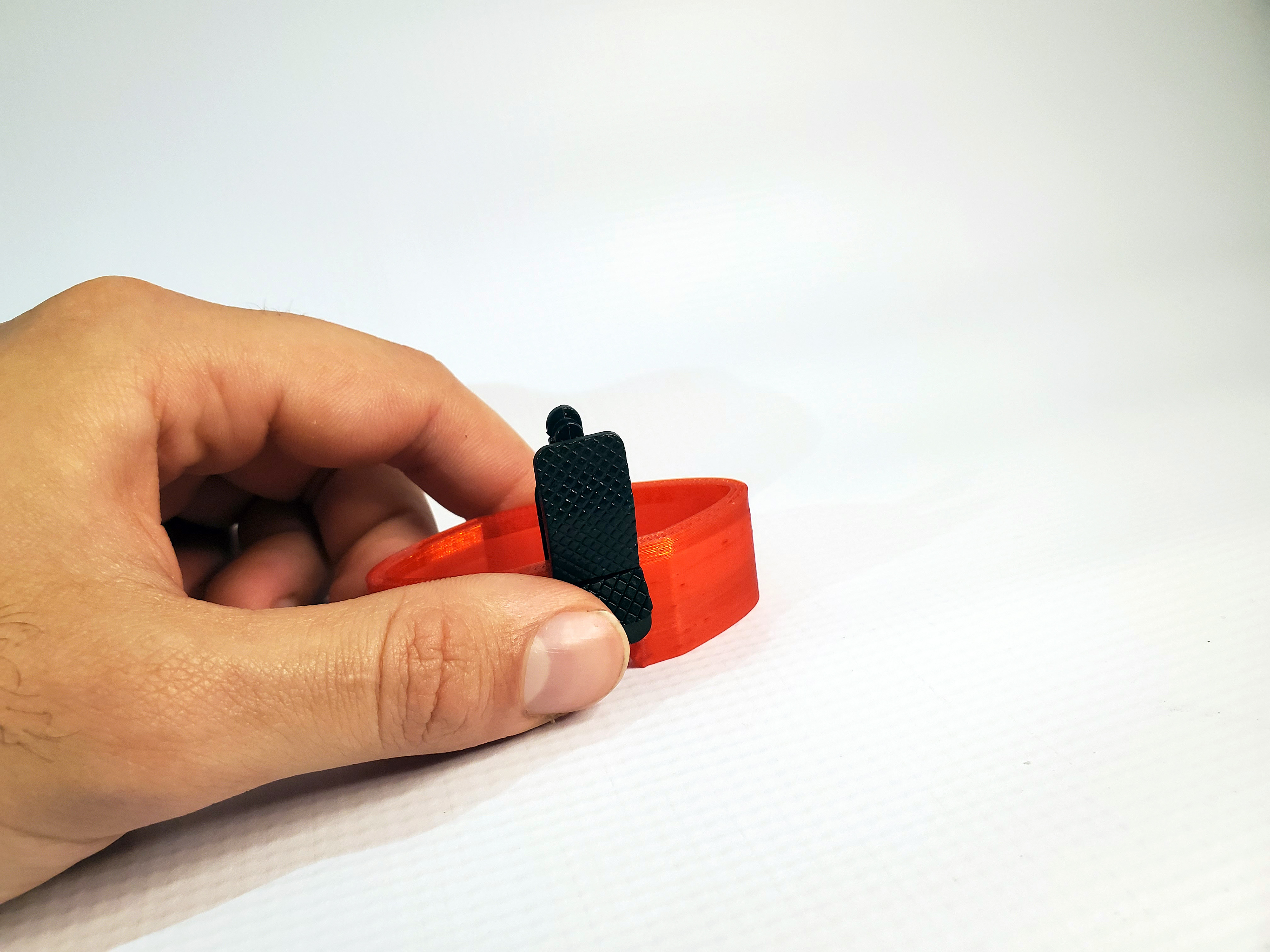
3D print proof of concept
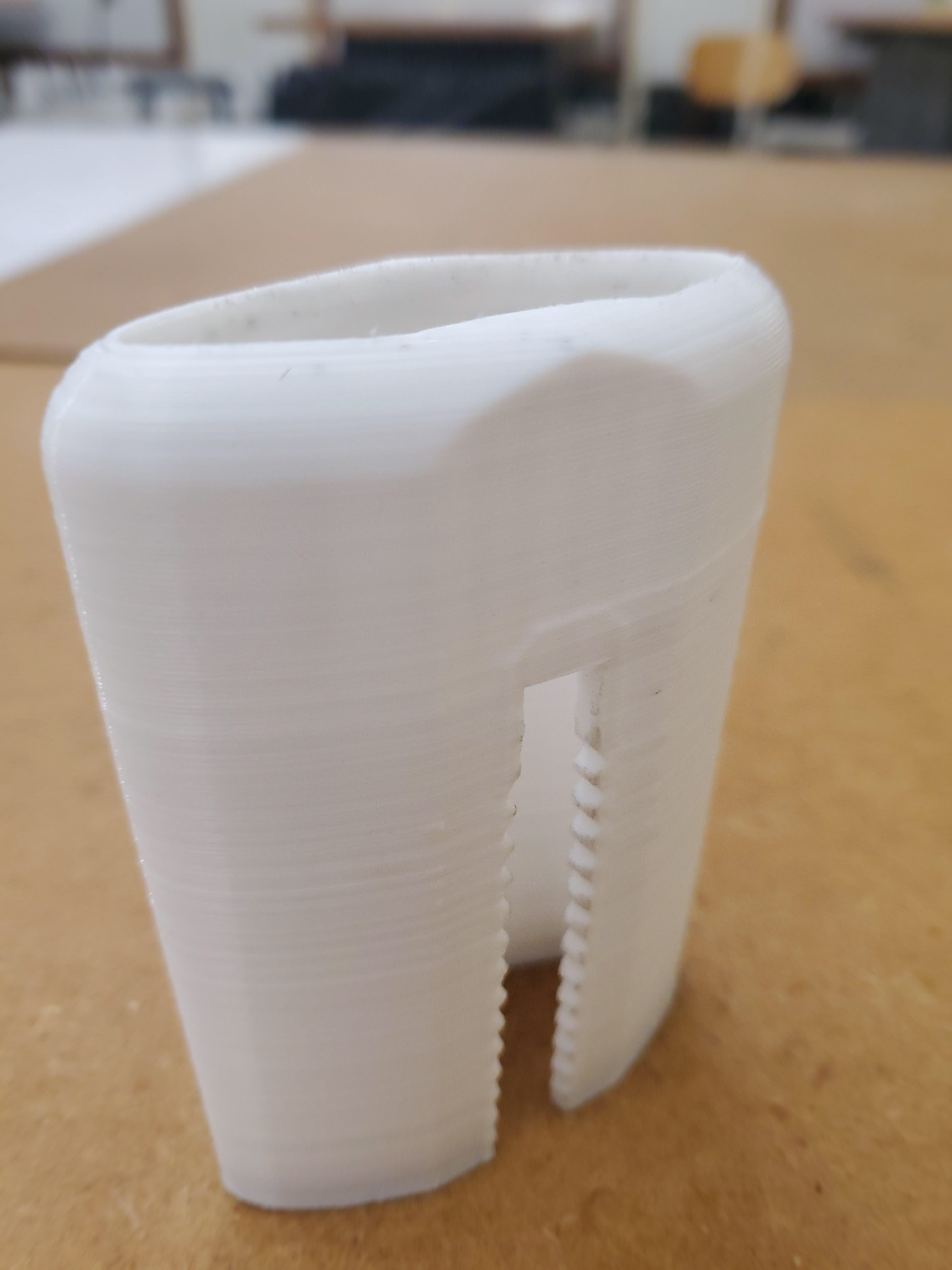
.


Overly complex interactions often are used to conceal and deceive. A well mapped interaction should do that opposite.
A look inside a broken stick showed the standard twist knob hides that most of a standard stick is air!
Intuitive
A redesigned sliding mechanism allows the user to directly know how much of the stick is left at any given time without the wizardry of the knob.
Trustworthy
A redesign of the deodorants stick with transparent plastic reinforces the mapping of the slide mechanism by letting the user fully see the product.
Distinctive
The form of the stick keeps to the established standard to allow this product to sit next to its competitors in the deodorant aisle, but also is unobtrusive in the home if you happen to leave it out.
Sustainable
By cutting out the base of the slide mechanism,
the stick also becomes re-usable–a product that not only attracts you, but also stays with you.
the stick also becomes re-usable–a product that not only attracts you, but also stays with you.
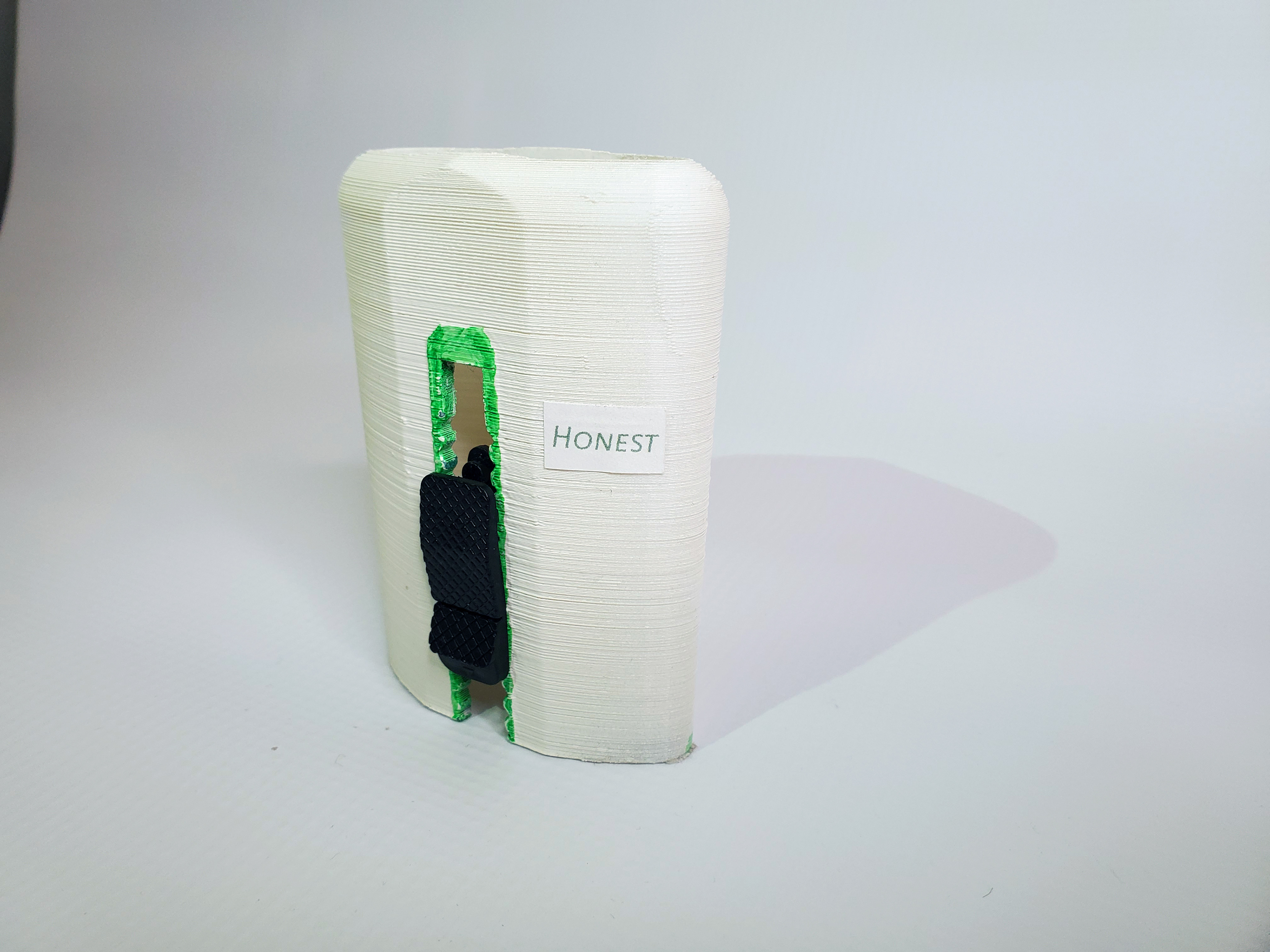


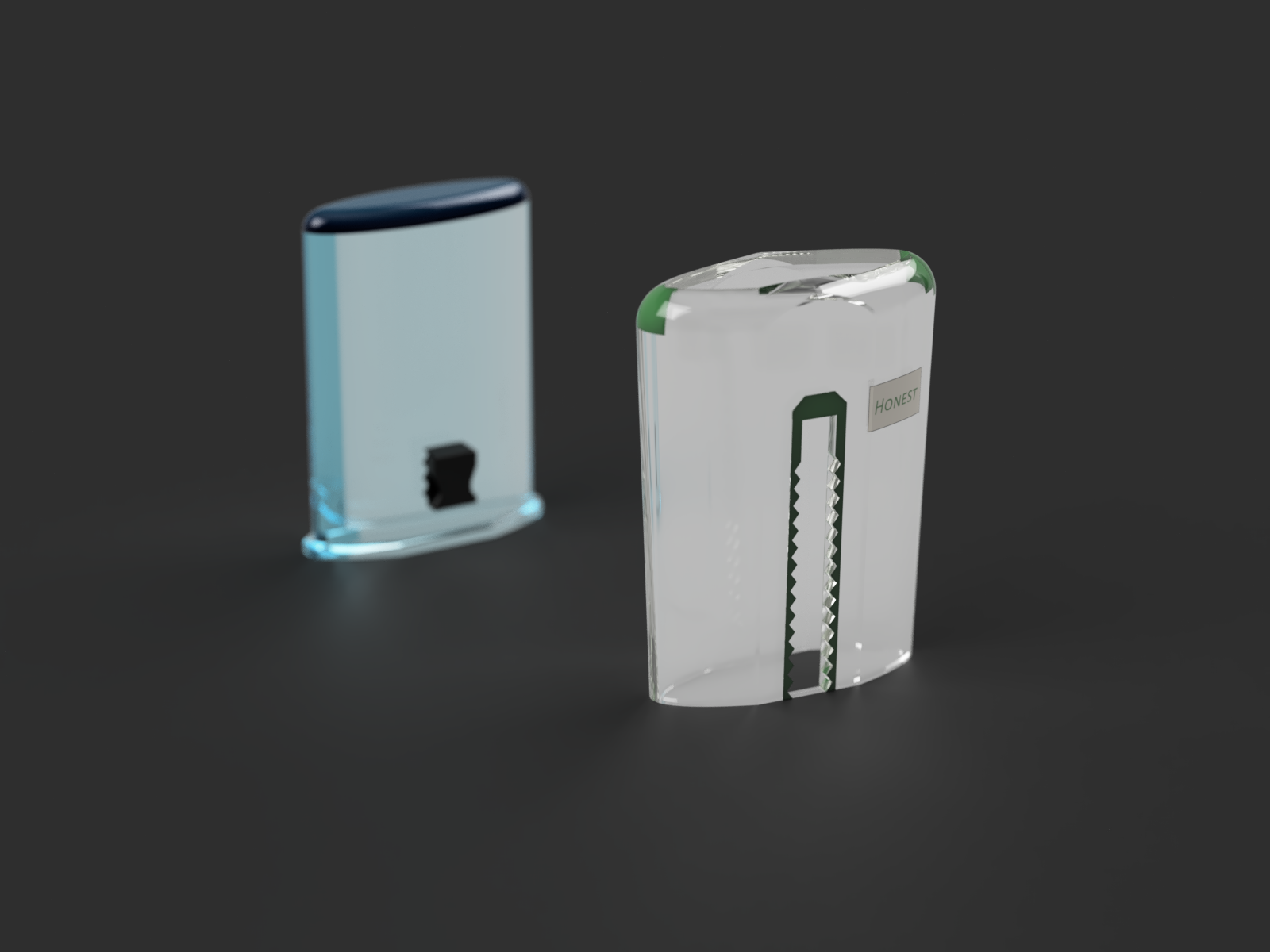

Reflections
This project was a great opportunity to dive into the hidden interactions that shape our everyday.
Because it was so easy to overlook key aspects of these hidden interactions, it was all the more important to be organized and disciplined in the exploratory research phase. Once I had successfully audited an interaction from one product, it became easier to see new avenues for design in the later stages of the project.
In future iterations, I might choose to focus in on the sustainability aspect of this product as the cartridge system reduces waste, but does not fully eliminate it.
